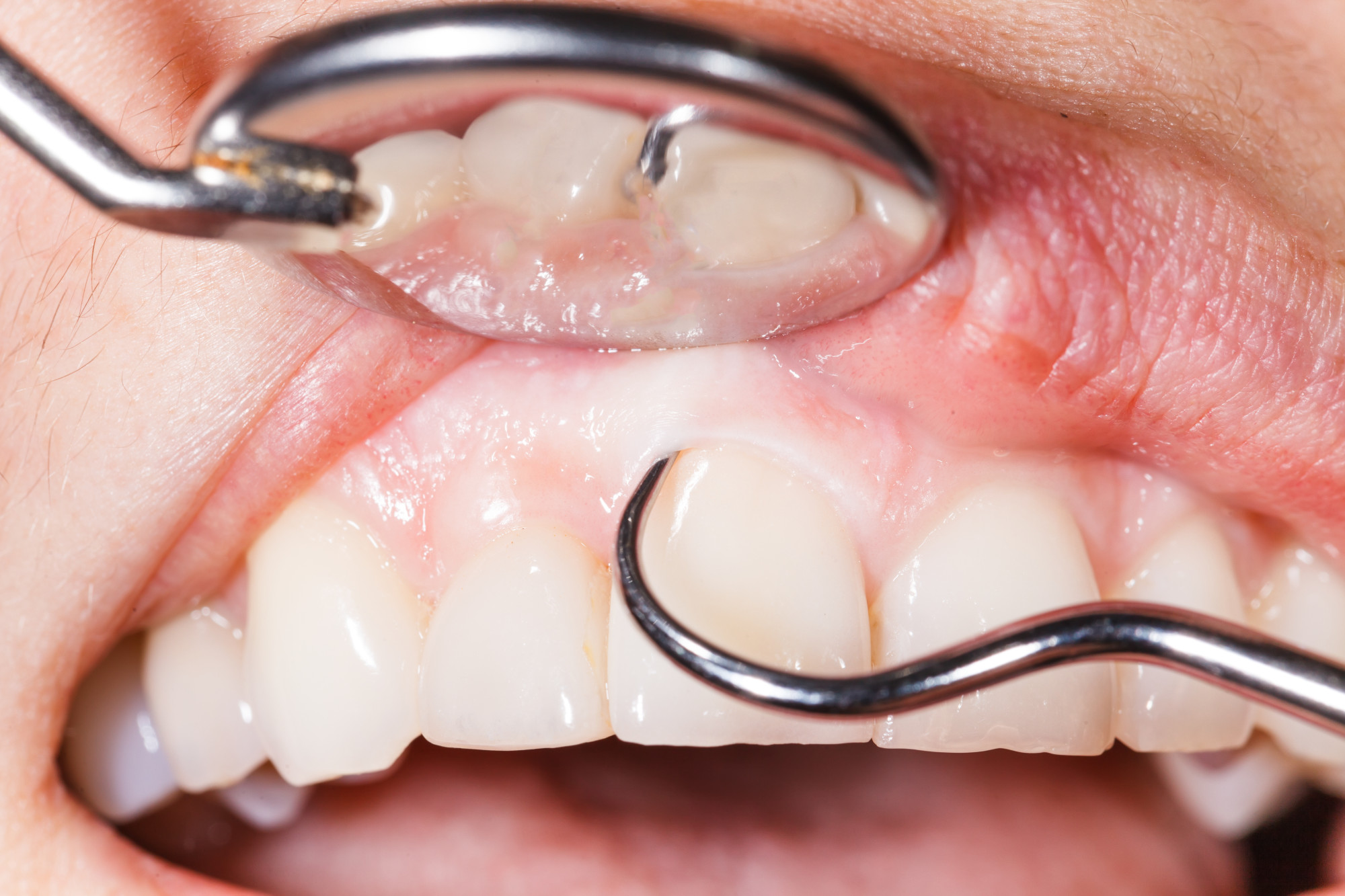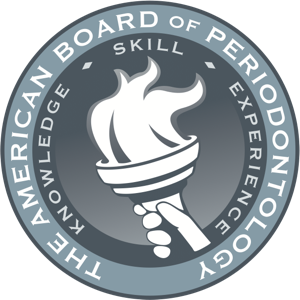Save Your Smile: Understanding Treatments for Gum Disease

Almost half of American adults show signs of gum disease. It’s important to address your periodontal issues if your dentist suggests that you might have gum disease.
Early symptoms can be reduced with a healthy oral routine, while severe symptoms might require surgery. We’re taking a look at treatments for gum disease today, exploring your options for treating severe gum disease.
We hope the ideas below are useful to you in your search for periodontal treatment.
Treatments for Gum Disease
Your periodontist should be the main point of contact for you in this process. The ideas below are the primary options for recovery, although your doctor might have alternative ideas.
It’s wise to understand each of the issues below before you agree to undergo treatment. You’re the patient, and your desires matter. You’ll be in a better position if you’re more informed.
Also, note that failing to treat gum disease can lead to more significant issues throughout your body. For example, a significant buildup of plaque can contribute to heart disease, according to Harvard Medical School.
Let’s explore some common options.
Periodontal Surgery
Periodontal surgery deals with the areas around the tooth affected by gum disease. That could include bone, gums, the mucous lining, and more. There are aesthetic applications for periodontal surgery, although the primary application is to address gum disease.
Your periodontist will remove or adjust any tissue or structure that’s contributing to your infection. There may also be a structural issue with your gums that contributed to the disease in the first place.
For example, gums that extend too far beyond the base of the tooth could make it hard to remove bacteria. Alternatively, gums that have receded from over-brushing or another issue can cause problems as well.
Periodontal bone surgery is more invasive and requires more preparation. Bone surgeries take place to reshape the bone to support your teeth. Patients might be asked to stop taking certain medications for a couple of weeks in advance.
Certain patients might require bone grafting. This puts supplemental bone in place to support teeth.
LANAP Laser Gum Therapy
LANAP stands for “laser-assisted new attachment procedure.” The process is a way to modify or correct issues with gum contouring. It’s also a method for removing gum tissue that might be excessive or cause bacterial issues.
Someone considering periodontal surgery might consider this method. It’s less invasive and can address some of the same issues. Laser therapy might be more affordable and require less recovery time as well.
The general benefit of this therapy is that it can address the problem areas without tissue removal or damage to surrounding areas in the mouth.
LANAP surgery is an option for those on medications. If you’re fearful of halting medications before surgery, LANAP doesn’t require that you stop in most cases. This is useful for those with illnesses related to gum disease such as heart disease.
Flap Surgery
Flap surgery, also known as pocket reduction surgery, is a method that lifts the gums and removes tartar. Some patients might have their teeth or bones smoothed or adjusted to reduce the space for tartar to flourish.
When the adjustment is finished, the gums are replaced. The gums are able to fit between the teeth in a tighter fashion. When there’s additional space or “pockets” between gums and teeth, tartar develops more readily.
Flap surgery just reworks the gums to reduce your chances of developing more severe gum disease.
Guided Tissue Regeneration
If your bone has receded or your gum tissue has diminished, guided tissue regeneration can help. The process manipulates the gum and bone to allow the target tissue to regrow.
It also occurs in tandem with flap surgery in a lot of cases. For example, say that your bone has diminished allowing a large pocket to form. Your periodontist or surgeon will lift the gum flap and place an insert to prevent gum tissue from growing.
Because the gums won’t grow to occupy the pocket, your bone will fill that space. This allows the bone to expand naturally, creating better support for your teeth.
Dental Implants
Gum disease is a key contributor to tooth loss. Many people with severe gum disease will lose teeth.
In a lot of cases, the structure of the tooth contributes to gum disease. Whether there’s a poorly formed tooth or an individual has lost a tooth, dental implants are a great solution.
The implant recovers the appearance and function of your lost tooth (or teeth). It’s also shaped in a way that supports good oral health. For example, your doctors can sculpt the new tooth in a way that eliminates the pockets that your old tooth created.
The key piece of the implant acts as the root. The rest of the tooth is finished with a realistic crown or a bridge if that’s what the patient wants. These methods recover your smile in a way that looks natural.
People will not be able to tell that one or more of your teeth are implants. When serious damage has occurred, implants are a highly recommended option.
They’re safe, they last a very long time, and they’re great for preventing the onset of serious gum disease.
The Importance of Oral Hygiene
Gum disease occurs when we don’t perform regular oral hygiene tasks. Brushing and flossing are the key factors in this equation.
It’s important to note that genetics and environment play a role as well. That said, starting to floss your teeth right now will begin the fight to reduce gum disease.
If your symptoms are small, your new oral routine could start to reduce signs of gum disease. Even if you have advanced symptoms, establishing a healthy oral routine will help to prevent more symptoms from occurring.
If you’re worried about gum disease or tooth loss, contact your dentist today.
Want to Learn More About Oral Health?
We hope our look at treatments for gum disease was useful to you. There’s more to learn, though. The more informed you become, the better you can prevent gum disease in your own life.
We’re here to help. Contact us to learn more about your options for treatment for gum disease.


